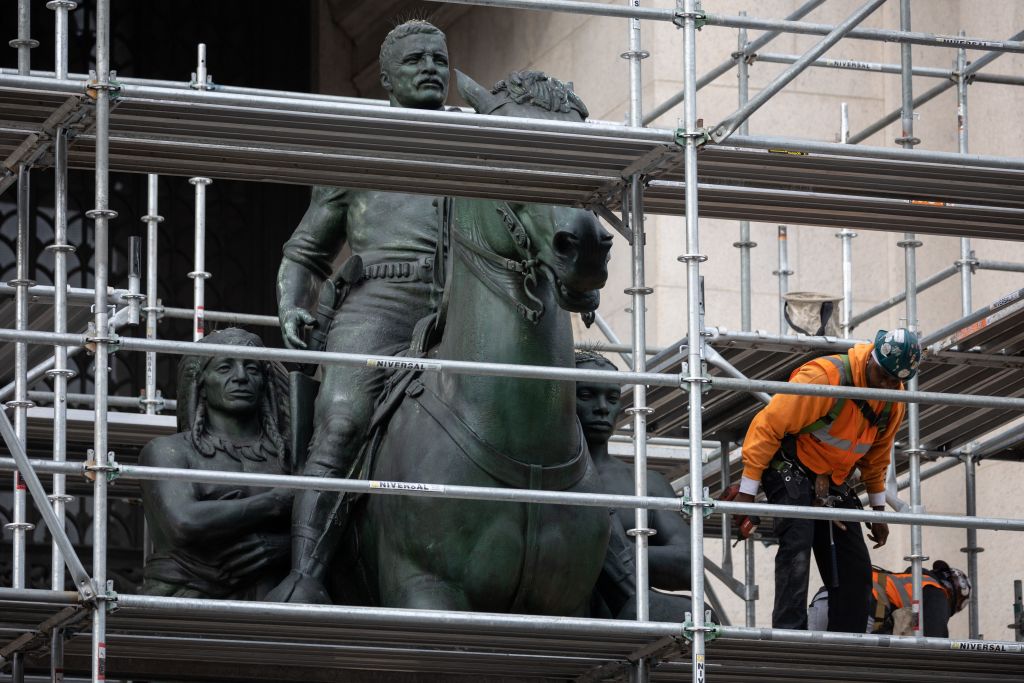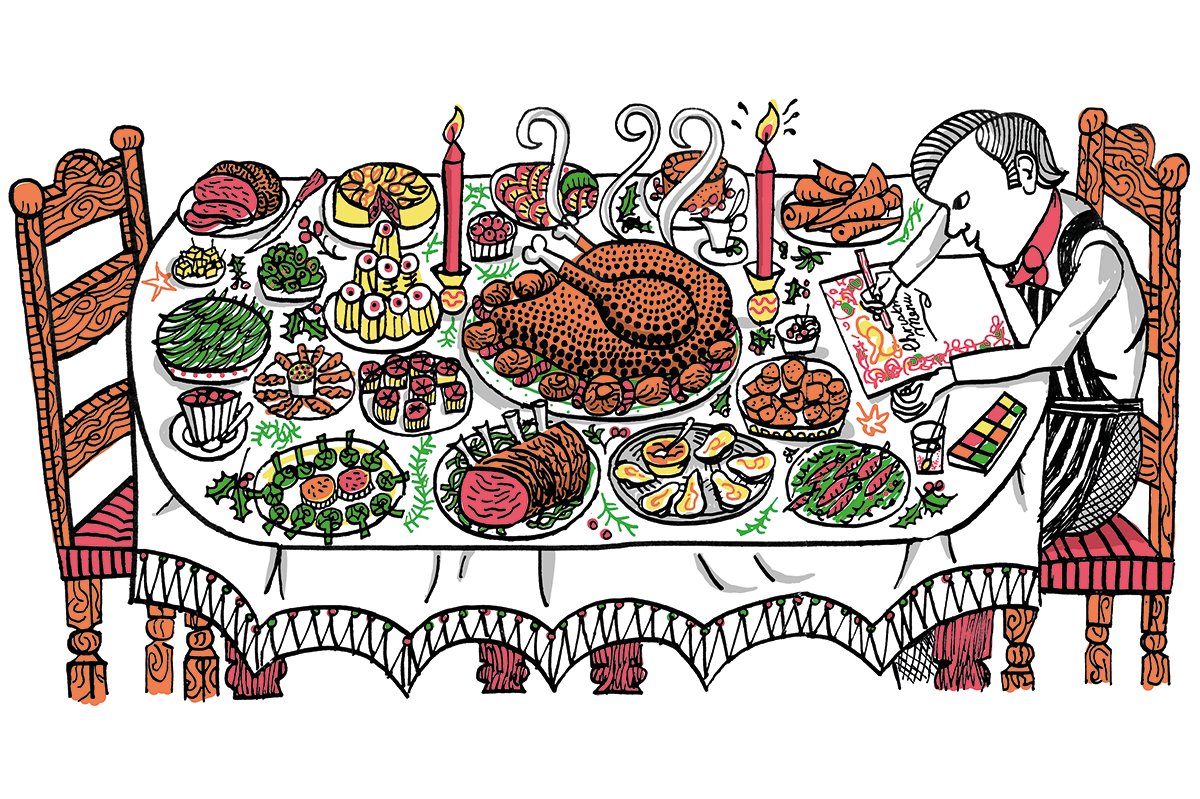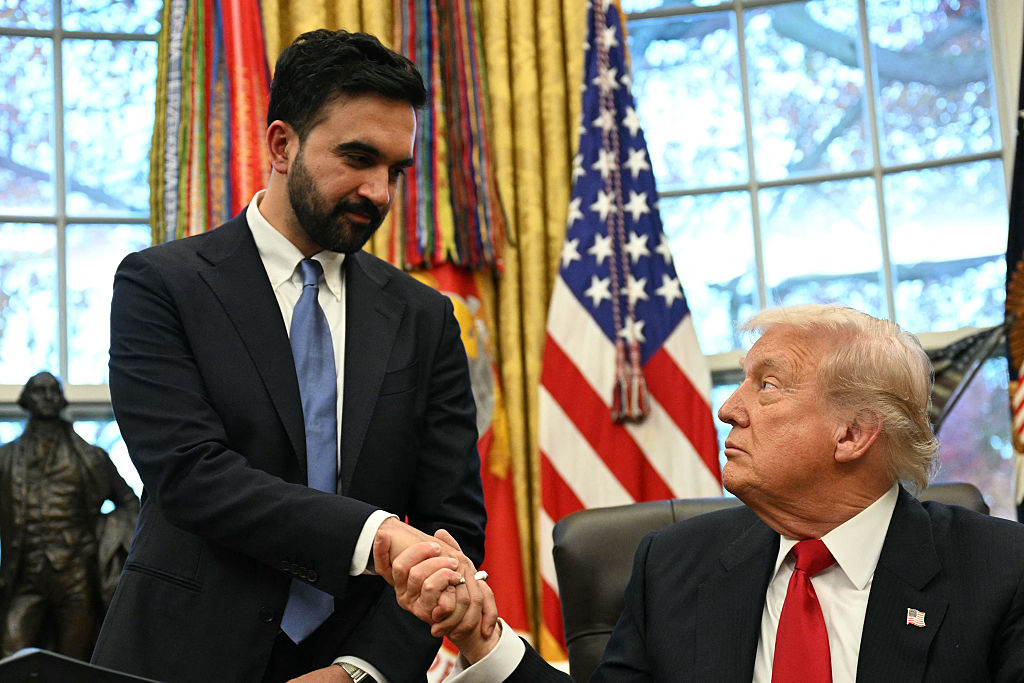It is a custom to offer a blindfold to prisoners facing a firing squad. Just so, the authorities covered the statue of Teddy Roosevelt that has stood in front of the American Museum of Natural History before it is carted off to its new home in North Dakota.
Everywhere one turns, America’s past is being dismantled. Just last month, a statue of Thomas Jefferson that had graced New York’s City Hall for 187 year was removed. At schools and colleges across the country, images are being covered or removed, buildings renamed, history rewritten. It’s open season on the past.
Back in June 2020, I wrote about the decision to remove the statue of Roosevelt from in front of the institution he help to found. The piece seems as pertinent now as when it was first written, so I offer it unaltered to mark this melancholy consummation of the barbaric forces of political correctness.
So now they have come for Teddy Roosevelt. The large bronze statue of TR on horseback, flanked by a black man and an American Indian, will be removed from the spot it has graced since 1940 in front of New York’s Museum of Natural History. Why? According to Warren Wilhelm Jr. — known to some as Bill de Blasio — the statue is being moved (to where no one yet knows) “because it explicitly depicts Black and Indigenous people as subjugated and racially inferior.”
Does it? I don’t think so. I think both flanking figures exude strength and dignity. I also think they stand in solidarity with the jovially commanding figure of Roosevelt. But then my hermeneutical antennae have not be trained to discern the whole world through the scrim of endless racial and ethnic outrage.
Ellen Futter, President of the Museum, is cocooned by that scrim. “Over the last few weeks,” she said in an interview, “our museum community” (have you noticed that the word “community” now requires a dose of dramamine before being swallowed?) “our museum community,” she said, “has been profoundly moved by the ever-widening movement for racial justice that has emerged after the killing of George Floyd.”
George Floyd? What does Teddy Roosevelt, the 26th president of the United States, have to do with George Floyd, the career criminal with serious cardiac issues and a fondness for fentanyl and methamphetamine who died in police custody at the end of May?
If you said “nothing,” congratulations! Go to the head of the class and receive your gold star.
The total lack of connection didn’t matter, though. When the mob decides to move, it consults not reason but (apologies to Pascal) raisons du coeur.
I think it is a pity that the Traveling Racism Outrage Mob (TROM) has it in for Teddy Roosevelt. I agree with President Trump who, when he heard the news, tweeted “Ridiculous, don’t do it!” Quite right. For one thing, TROM could learn some useful life lessons from Teddy Roosevelt. Although there is much in his progressive politics with which I disagree, I greatly admire him for his character and determination. A sickly boy, plagued by asthma, he nonetheless devoted himself to the “strenuous life” and achieved great things. Above all, he did not whine.
That is one thing our professional anti-racists and identity-politics ideologues — especially feminists — could learn with profit: stop whining about how unfair life is to you and do something to improve your lot. You would thus make everyone around you happier, and you would be happier yourself.
Teddy Roosevelt also had a deep social-political message that our generation, especially paid-up members of TROM, should rediscover. “The one absolutely certain way of bringing this nation to ruin,’ he wrote in his autobiography, ‘would be to permit it to become a tangle of squabbling nationalities.”
He was thinking of the habit of calling recent immigrants Italian-American or Irish-Americans or German-Americans. He was dead set against this practice of coining “hyphenated Americans.” He would not have been surprised to discover that the lowly hyphen was a potent weapon in the divisive armory of multiculturalism and identity politics. When we speak of an African-American or Mexican-American or Asian-American these days, the aim is not descriptive but deconstructive. There is a polemical edge to it, a provocation. The hyphen does not mean “American, but hailing at some point in the past from someplace else.” It means “only provisionally American: my allegiance is divided at best.”
It is curious to what extent the passion for hyphenation is fostered more by the liberal elite than the populations it is supposedly meant to serve. How does it serve them? Presumably by enhancing their sense of “self-esteem.” Frederick Douglass saw through this charade some 150 years ago. “No one idea,” he wrote, “has given rise to more oppression and persecution toward colored people of this country than that which makes Africa, not America, their home.”
The multicultural passion for hyphenation is not simply a fondness for syntactical novelty. It also bespeaks a commitment to the centrifugal force of anti-American tribalism. The division marked by the hyphen in African-American (say) denotes a political stand. It goes hand-in-hand with other items on the index of liberal desiderata — the redistributive impulse behind efforts at “affirmative action,” for example. Affirmative action was undertaken in the name of equality. But, as always seems to happen, it soon fell prey to the Orwellian logic from which the principle that “all animals are equal’ gives birth to the transformative codicil: “but some animals are more equal than others.”
Which brings me to another sad aspect of the decision to remove that statue of Teddy Roosevelt from its place in front of the Natural History Museum. If Teddy Roosevelt can be tarred with the brush of racism because George Floyd died, who is immune from retrospective condemnation?
This is something that a reporter for the New York Times came close to perceiving in her story about the decision to remove the statue of TR. “The museum took action,” she wrote, “amid a heated national debate over the appropriateness of statues or monuments that first focused on Confederate symbols like Robert E. Lee and has now moved on to a wider arc of figures, from Christopher Columbus to Winston Churchill.”
Indeed, that arc now includes George Washington, Thomas Jefferson and Ulysses S. Grant. The target is not a bugbear called “America’s racist past” but America itself. The appetite to discover and destroy enemies will be boundless until we awaken from our ‘dogmatic slumbers,’ disgorge the would-be usurpers, and reclaim our heritage.

























